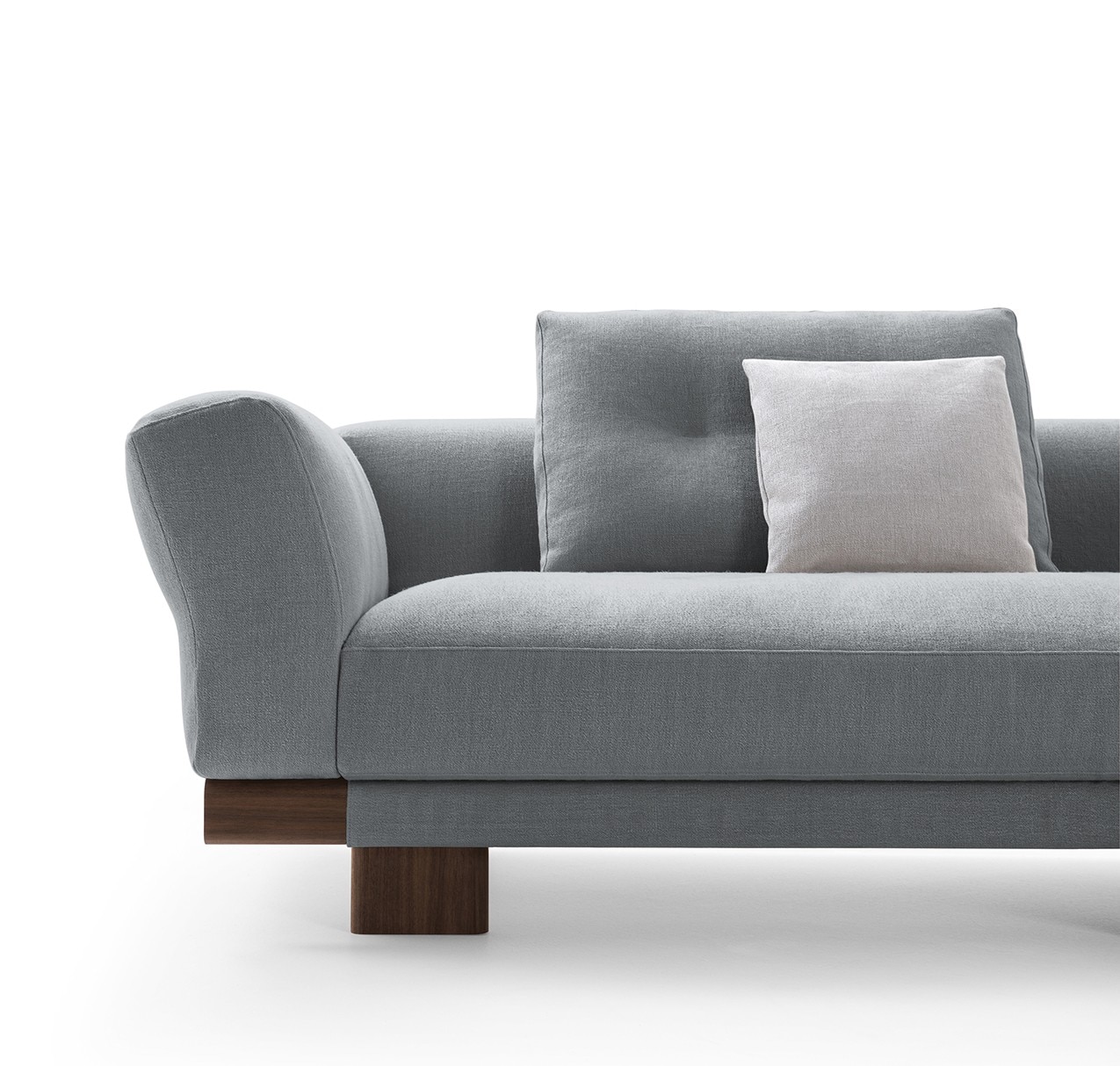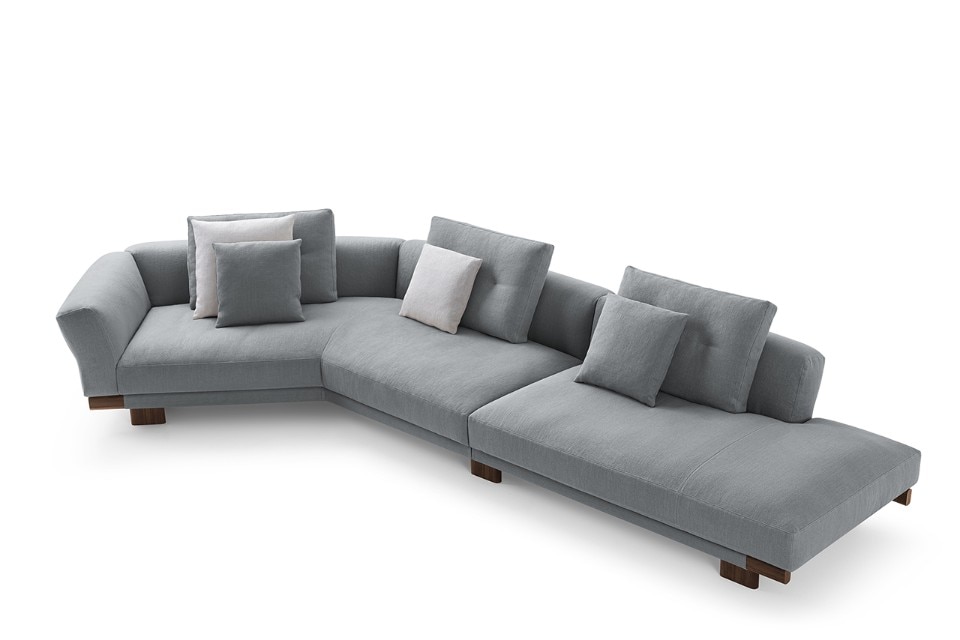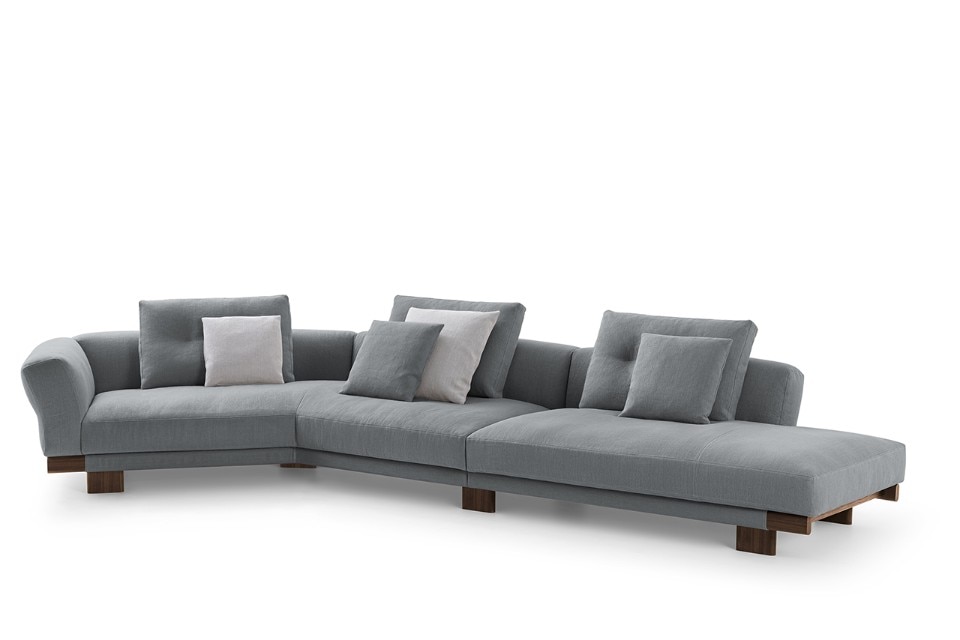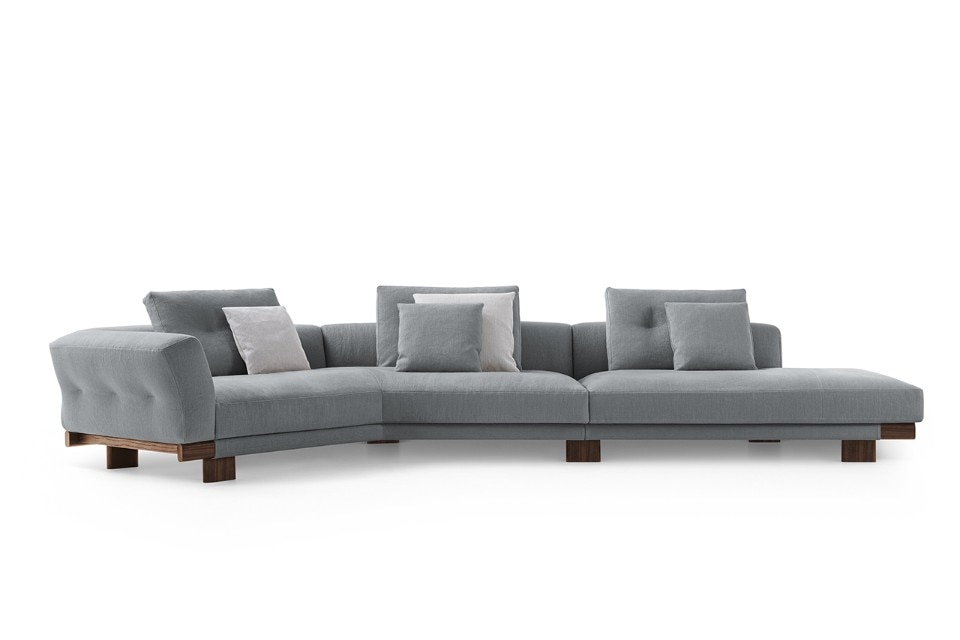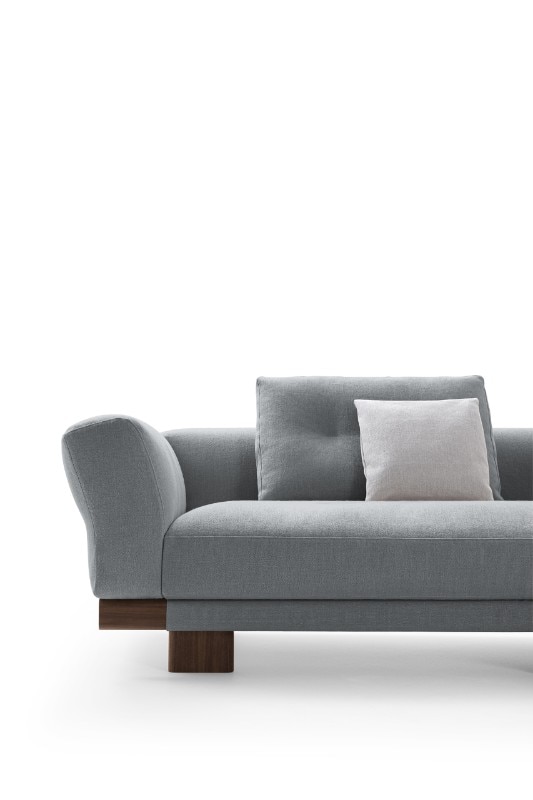“The name, Sengu, comes from the ancient ritual of the cyclical reconstruction of Japanese shrines. An important tradition in its simplicity, which is associated with the concept of a space that is constantly renewed. In addition to a strong reference to the Japanese imagination, already present in the Cassina Collections in Charlotte Perriand’s work, Sengu expresses comfort at first sight and a modularity that allows unexpected combinations,” explains Patricia Urquiola about her latest project for Cassina, a domestic sofa with generous dimensions and open forms. Will it be useful in times of social distancing? “At this moment, living rooms and day areas have become the focus, the heart of the house, increasingly, as time goes by. It is a place for working, studying, resting and spending time together,” continues the company’s art director, who also underlines the great work of research on materials. In particular, for the padding of the cushions, made from 100% recycled fibre, created in collaboration with the Poli.design department of the Politecnico di Milano.
This sofa is characterised by generous and open forms, and this is a feature that can be useful in times of social distancing. How should we rethink our living room in the light of Covid-19?
The living room has become the centre of the house. A place where we can work, study, rest, be together, that’s why sofas can have a central and flexible role, being at the centre of the room.
Is could be less functional in small houses...
No, a sofa can be placed at the centre of a room and have a flexible role, just like large tables are well suited to small houses.
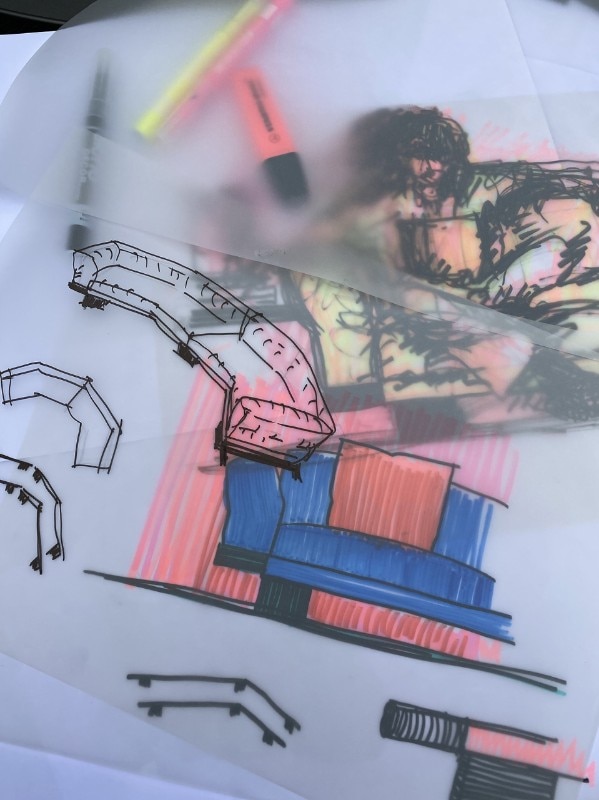
How do you start a project?
It’s different every time. I draw on my background and experience. Unexpected things often attract my attention from a different perspective. I’m curious, I like to observe, objects, people’s behaviour, situations are my source of inspiration, together with real or imaginary journeys. I like to experiment, new or traditional materials and find new uses. New technologies or reviewing existing techniques. Analysing the DNA of a company, understanding where it comes from and where it can go while remaining consistent with its history and, at the same time, evolving. A project can start with a sketch, analogue or digital. It can arise from an object, an image, a movie, a movement, a sensation... I discuss a lot with my collaborators, with clients, looking together for the best solutions.
I’m curious, I like to observe, objects, people’s behaviour, situations are my source of inspiration, together with real or imaginary journeys.
Is there an object that makes you angry because it’s totally wrong?
I don’t want to name a specific object. Copies, instead, make me very angry: I don’t like designer’s ideas or a company’s research work to be replicated, often without even being understood. I find this attitude a great lack of respect even towards themselves. The lack of quality, at any level, makes me angry: even in the simplest and most mundane things. The “waste” makes me angry. From material waste you can obtain incredible objects; the unique artisan savoir-faire is the actual strength of our companies. It’s a productive strength that often combines industrialisation and craftsmanship. Through this essential know-how we can give new life to production waste and make it into new materials or intelligent products, in a circular upcycling process.
Copies make me very angry; I don’t like designer’s ideas or a company’s research work to be replicated, often without even being understood.
Does Sengu’s Japanese inspiration refer to natural materials or even to an essential and spartan way of conceiving the sofa, a bit like a futon?
The Sengu sofa finds in its essentiality one of its most peculiar characteristics, expressed both through its shapes and through the choice of natural colours. I would not define it as a “brother” of the futon because it is precisely this immediacy and simplicity of forms that embellish it.
How is the padding hooked to the sofa frame? Again, does the inspiration come from Japan?
I wanted the seat cushions to be applied in a natural way, just leaning on them. We wanted to bring out the essentiality of the sofa with its simplified structure. With Cassina we also worked a lot on research in terms of materials. With as much attention to the environment as possible. A step forward was made in collaboration with Poli.design of Politecnico di Milano, especially for the cushions padding, made of 100% recycled fiber.
I would like to see the gender gap overcome, diversity become normality.
Why did you decide to become a designer?
I wanted to be an architect since I was a kid. My mother bought me a functionalist dollhouse with a flat roof, and I loved it. I used to play with various objects, take them apart and build something else. My aunt was a painter and she taught me how to paint. I was never afraid to face a blank canvas or start something from scratch. I started studying Architecture in Madrid and completed my studies at the Politecnico di Milano where I met and fell in love with design. In Madrid I had a very academic education, in Milan I discovered product design, especially thanks to Achille Castiglioni. He became my mentor and I worked as his assistant at the University after graduating. Later, working with Vico Magistretti, I found the confidence and security to find my way.
What’s at the top of your bucket list?
I would like to see the gender gap overcome, diversity become normality. I wish we could limit the manipulation of communication. I would like, along with environmental sustainability, social sustainability.
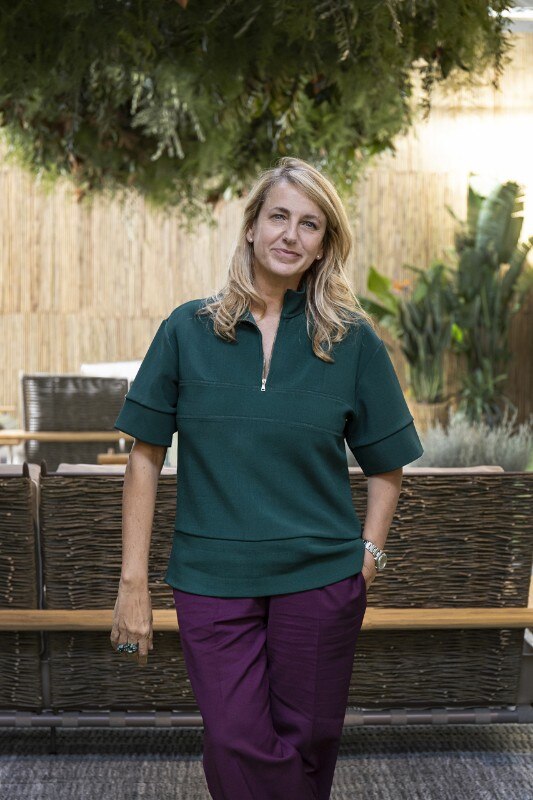
- Product name:
- Sengu.
- Designer:
- Patricia Urquiola.
- Company:
- Cassina.
- Collection:
- Cassina I Contemporanei.
- Year of production:
- 2020.
- Sitting frame:
- Tubular steel with elastic belts.
- Seat cushion:
- Flexible expanded polyurethane with differentiated density and 100% recycled fibre.
- Backrest structure:
- Multilayer wood, padding in flexible polyurethane foam with differentiated densities, covered in polyester wadding with different weights.
- Back cushions:
- 100% recycled blown fiber.
- Legs:
- Canaletto walnut wood or black stained oak.
- Coating:
- Removable leather or fabric from Cassina Collections.


